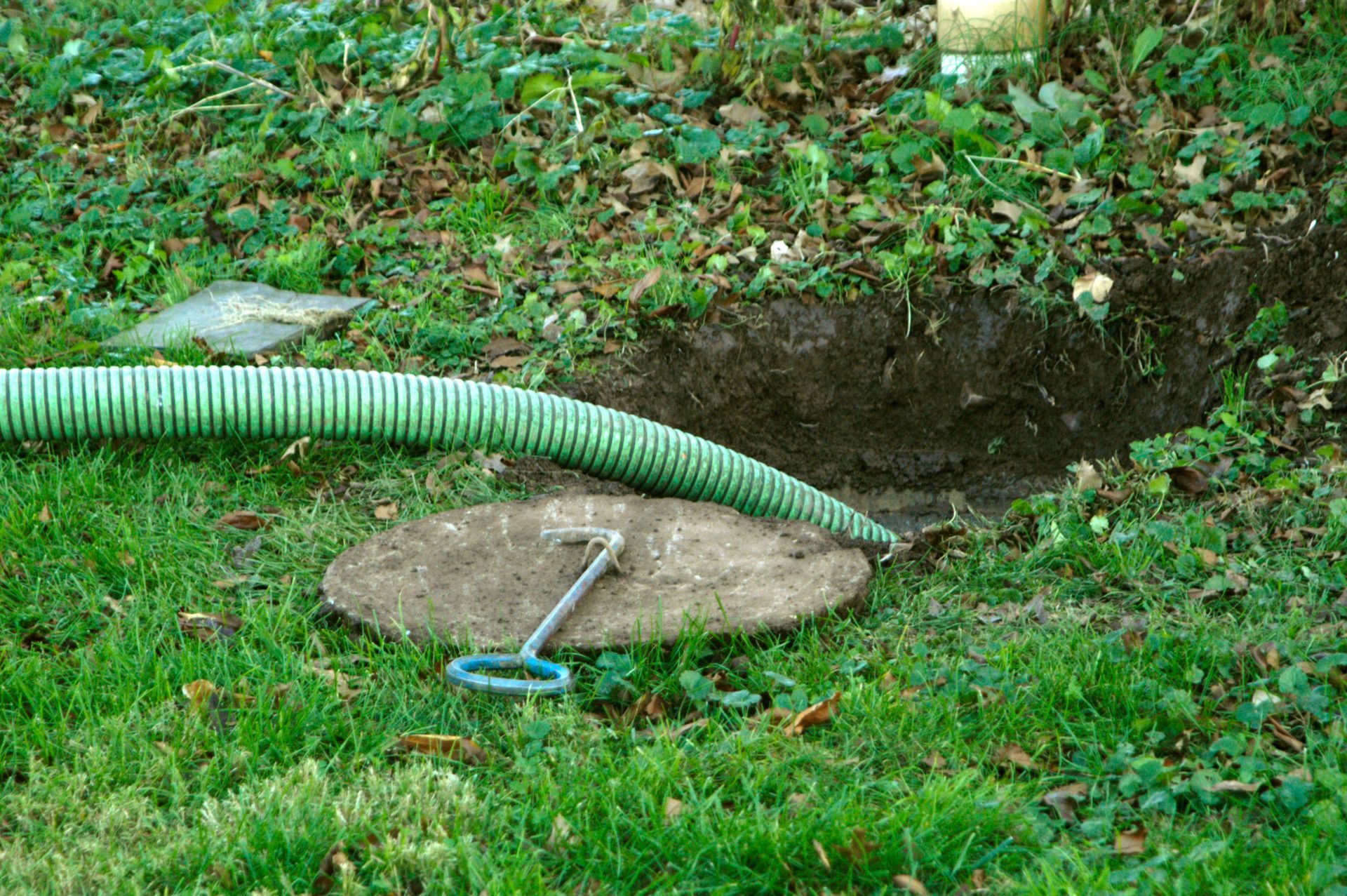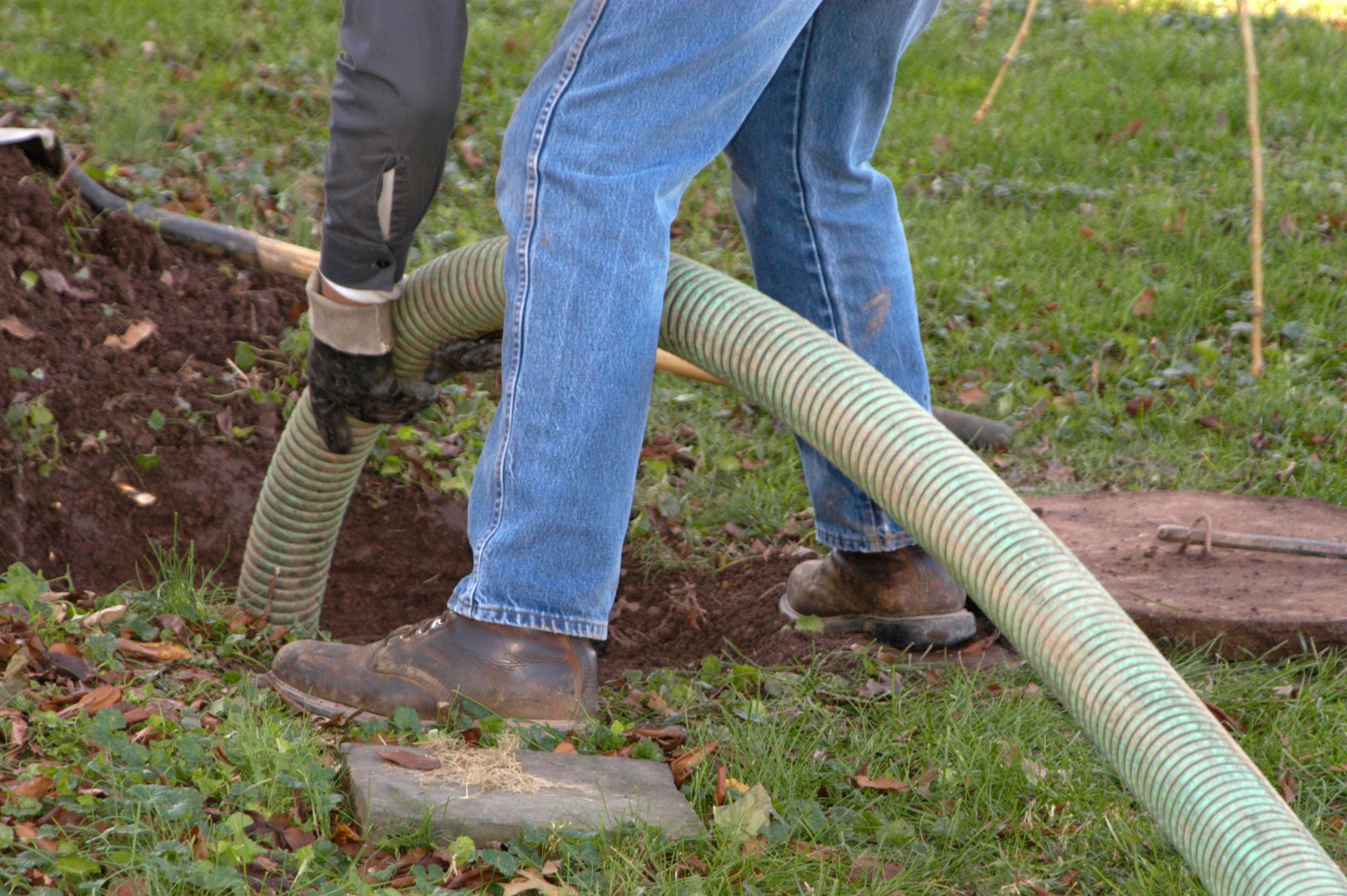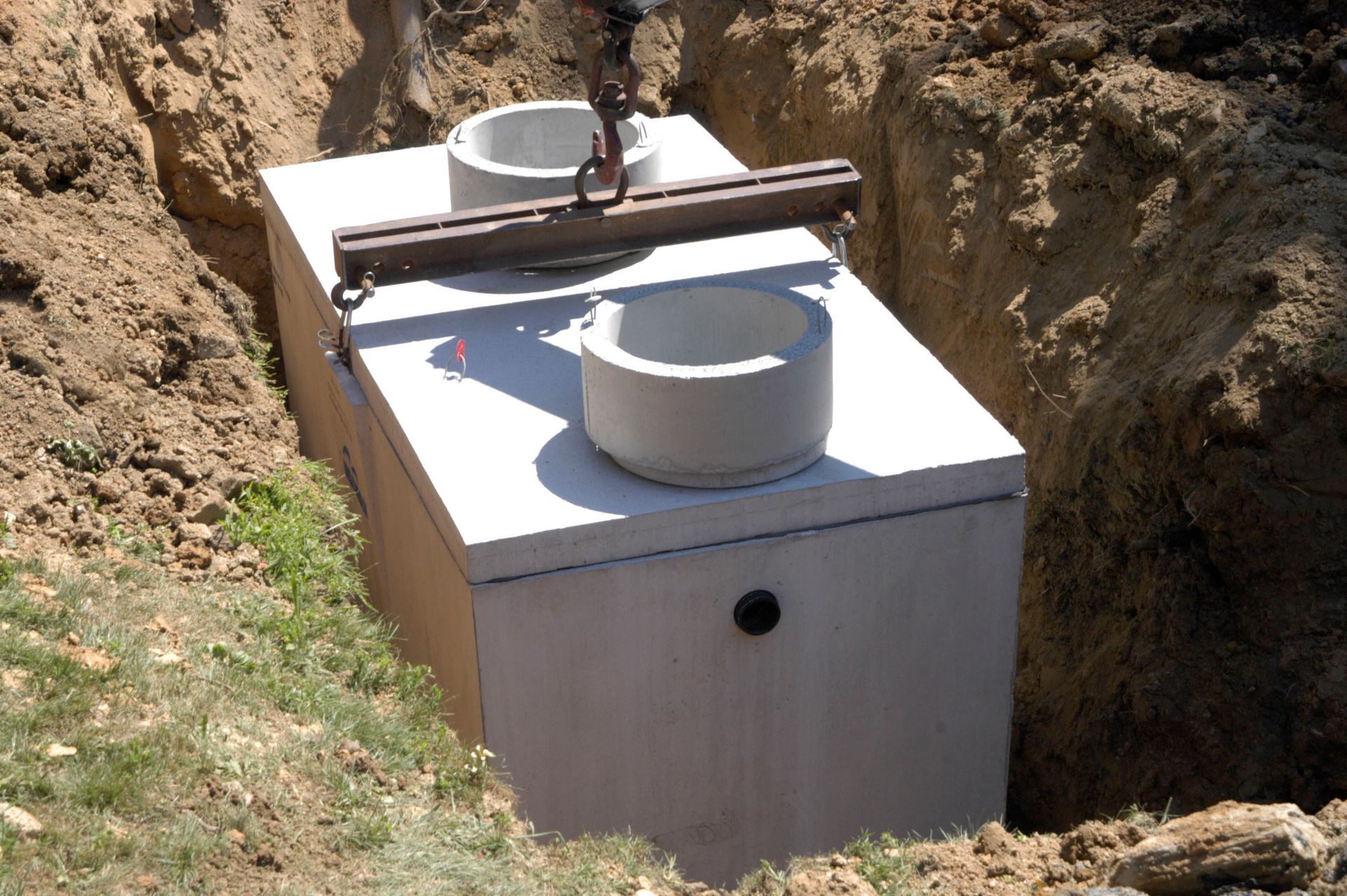4 Ways to Prepare For a Septic Tank Installation
An installation of a septic tank requires careful consideration and preparation. Whether you are replacing an old system or installing a new one from scratch, understanding the intricacies involved is crucial for a successful project. There are some essential steps and preparations required to ensure your septic tank installation is efficient, successful, and adheres to local regulations. By engaging with professionals and making informed choices at each step, property owners can maximize the system's lifespan and functionality.
1. Completing a Site Assessment
A suitable location is paramount for the effective installation of a septic tank. The chosen site should be conveniently accessible for both installation and future maintenance but kept at a safe distance from the house and water sources. The terrain should be stable to support the weight of the septic system and allow for natural drainage. Considering these factors helps prevent potential system failures and minimizes environmental impact. Engaging with professionals at this stage can offer invaluable insights and prevent costly mistakes related to septic tank installation.
Before installing a septic tank, conducting a percolation test, or "perc test," is mandatory in most areas. This test measures the soil's absorption rate to determine if the land is suitable for a septic system. A perc test conducted by a licensed professional gives an indication of whether additional soil modifications will be necessary. Positive results ensure that the site meets local health standards, and a well-draining system is set for longevity. This step ensures that the installation will function effectively, conforming to environmental and health standards.
Evaluating the composition of the soil is vital in determining its compatibility with a septic system. Different soils have varying abilities to absorb liquid, which impacts the efficiency of the septic system. Clay-rich soils often retain water and may require amendments to improve drainage, whereas sandy soils are typically more suitable. An accurate assessment helps guide necessary pre-installation soil adjustments, paving the way for a more effective system. Consultation with soil experts ensures accurate analyses and appropriate recommendations for a successful installation.
The topography and drainage characteristics of your site significantly affect the design and placement of a septic system. Properties with steep slopes may require specialized installation techniques and equipment. It is essential to ensure that effluent flows away from water sources and never toward structures, which can prevent contamination and water pooling. An understanding of natural water flow assists in safeguarding local water quality and the functionality of the septic system over time.
2. Selecting the Right Septic System
Several types of septic systems can cater to different property needs and site conditions. Understanding the pros and cons of each system type aids in selecting one that meets regulatory standards and site-specific requirements. A thorough comparison allows property owners to invest wisely in a system that contributes to longevity, eco-friendly operation, and proper septic tank installation.
Determining the correct capacity for your septic system depends on factors such as household size, water usage, and property area. Excessive demand placed on an undersized system can lead to frequent maintenance and potential failures. Consulting with professionals can provide insights into the appropriate tank size and design for current and future needs. A system that accurately meets capacity requirements ensures efficient waste processing and reduces the likelihood of premature wear. According to This Old House, with environment and maintenance being contributing factors, an average septic tank can last 15-40 years.
Long-term maintenance planning is essential to sustaining an efficient septic system. Selecting systems that require manageable maintenance is beneficial for reducing overall effort. Regular inspection and pumping schedules ensure that the system functions optimally and extends its lifespan. Modern systems may offer monitoring technologies to facilitate maintenance and improve performance. Investing in a solution that supports maintenance considerations enhances reliability and complements the initial septic tank installation.
Professionals in the septic field offer indispensable insights into system selection and installation. Consulting with experienced septic system designers and engineers can help identify optimal solutions suited to individual property needs. Their expertise extends to anticipating potential installation hurdles and advising on system maintenance requirements. An open dialogue with professionals facilitates a more informed decision-making process. Engaging with experts ensures that the chosen septic system meets functional, environmental, and regulatory expectations while maximizing its potential lifespan and protecting the integrity of the septic tank installation.
3. Hiring a Professional Installer
Certified septic installers possess the necessary technical skills and regulatory knowledge to effectively manage the installation. Certification often involves completing specialized training and demonstrates a commitment to maintaining industry standards. Employing certified professionals minimizes the risks of noncompliance and system inefficiencies. Verified credentials affirm the installers' capability to manage complex challenges unique to septic installations.
Gathering references and reviews is a prudent step in vetting potential septic installers. Reviews from previous clients provide firsthand insights into the reliability, workmanship, and professionalism of the installers. Consultations from trusted contacts can lead to recommendations for reputable companies or individuals. By comparing testimonials and experiences, you can identify industry leaders known for quality and customer satisfaction. This research ensures that selected professionals align with your expectations and project goals for installation.
Coordinating with the selected installer to set a detailed installation schedule ensures organizational clarity. The schedule should account for potential weather impacts and consider household routines to minimize disruption. Critical timing sequences, such as septic tank delivery, site clearing, and inspections, should be coordinated. Open communication with installers helps manage expectations with a backup plan for delays. A well-managed installation schedule fosters timely project completion while ensuring quality outcomes in septic tank installation.
4. Preparing the Site for Installation
Clearing the designated septic tank site of debris, vegetation, and potential obstructions is a critical preparatory step. This process ensures that equipment access is unencumbered, aiding efficient installation. An unencumbered workspace allows for precise excavation, reducing the risk of accidental damage to surrounding areas or utilities. Preparing the site involves complying with guidelines regarding root systems and the proximity of existing structures. Proper preparation preserves the integrity of both the property and the septic tank.
The installation process involves using heavy machinery that requires sufficient access to the site. Terrain assessment is critical to ensure that pathways can support the weight and operation of such equipment. Accessibility plans should maintain the integrity of the landscape while facilitating installation readiness. Inaccessible or challenging sites may demand innovative solutions or specialized equipment. Accurate preparation ensures that equipment movements remain safe and efficient, minimizing project delays during septic tank installation.
Initial site preparation includes ensuring structural support systems are in place and complying with excavation-specific safety protocols. Planning for excavation involves assessing soil stability and drainage to prevent inadvertent erosion or instability. It is essential to adhere to local guidelines regarding excavation depths and boundaries. This preparation contributes to a safe and efficient process, fostering a successful installation.
The successful installation of a septic tank involves careful planning, attention to detail, and adherence to local laws and regulations. By following these comprehensive steps, you ensure that your system is not only efficient and environmentally friendly but also a valuable asset to your property. Engage with professionals and keep the necessary permits and legalities in mind for a seamless and effective septic tank installation process. An informed approach positions you to make decisions that protect your investment and assure its benefits well into the future. For all of your septic system needs, contact Coast Construction today!




Share On: